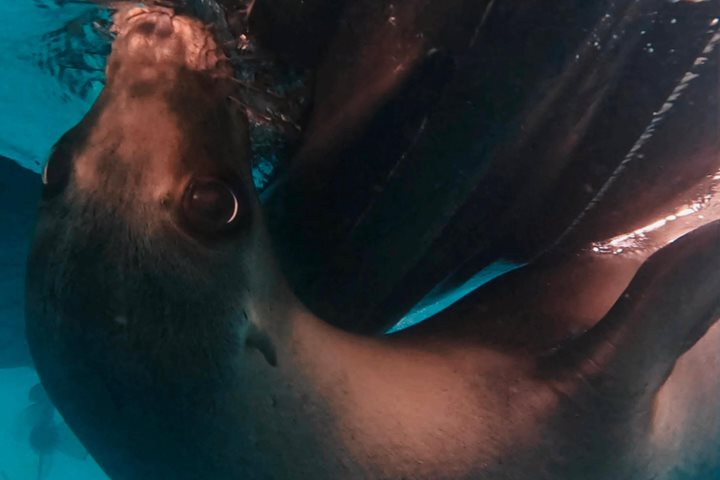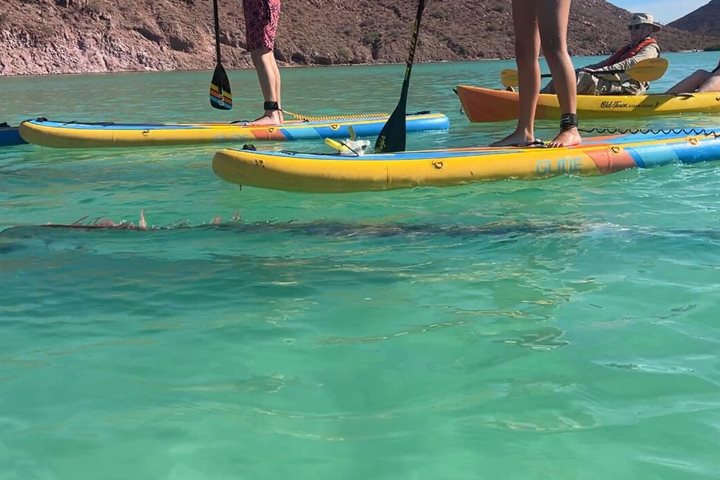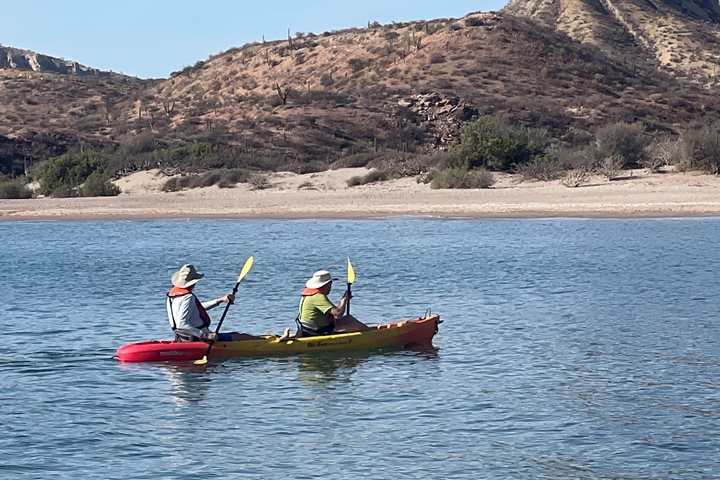The mark of a true expedition is to experience things never seen, but more so, it is to come with certain expectations and witness as they are exceeded. Today, aboard the National Geographic Sea Bird, the guests found moments of pure discovery. Beginning on the Island of San Esteban, we put on our ‘lizard lenses’ and went in search of the many reptiles known to be on the island. As the sun warmed the arroyo, we began to see scattered movements out of the corners of our eyes, alerting us that the reptiles were of a temperature to begin their daily search for food. Walking cautiously with inspecting eyes, we were treated to whip tailed lizards, spiny tailed iguanas, and the highly sought after chuckwalla. Some perched on rocks, taking what they needed from the sun’s radiation, while others began the journey up the cardon cacti in order to feast upon the newly blooming flowers. It was no mystery that the island teemed with life, but it took a certain patience and understanding to move at the pace necessary to make it visible to the camera’s lens.
Travelling to our next destination, we had no choice but to slow the ship’s progress in order to take in the eye-popping biomass surrounding us in the water. Countless common dolphins leapt about the boat, singing out and swerving playfully into the wake we created. Cameras in hand, our staff and guests poised themselves to capture the perfect shot, laughing at how often they ended up with only a tail in the frame.
Continuing on, we arrived at Rasa Island the home to elegant terns and Heermann’s gull. Travelling from opposite sides of the Equator, these two bird species choose this lone island to propagate the species. It is an experience beyond description, especially when a peregrine falcon chooses to take flight scattering the flocks in all directions. As the sun set, we watched the silhouettes above us as we circled the islands in our expedition landing craft, and after dinner we were treated to a presentation by the bird researchers living and working upon the island.







